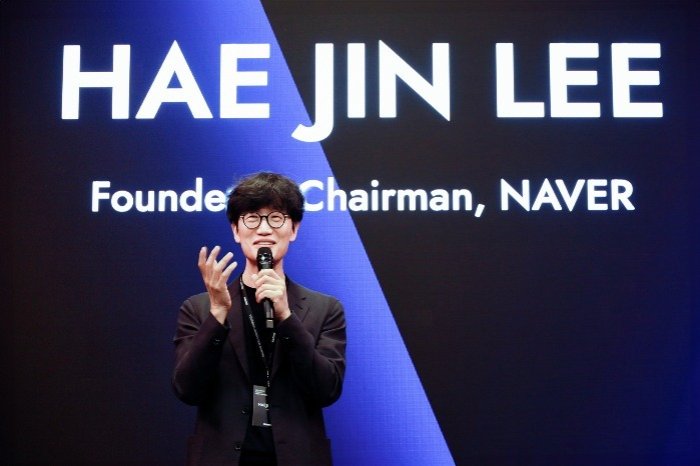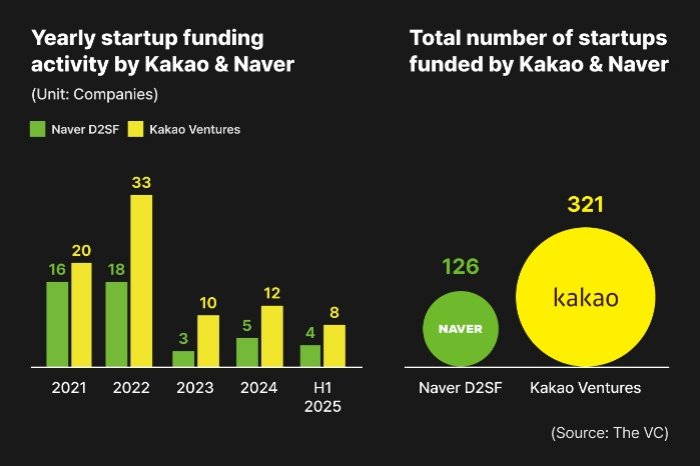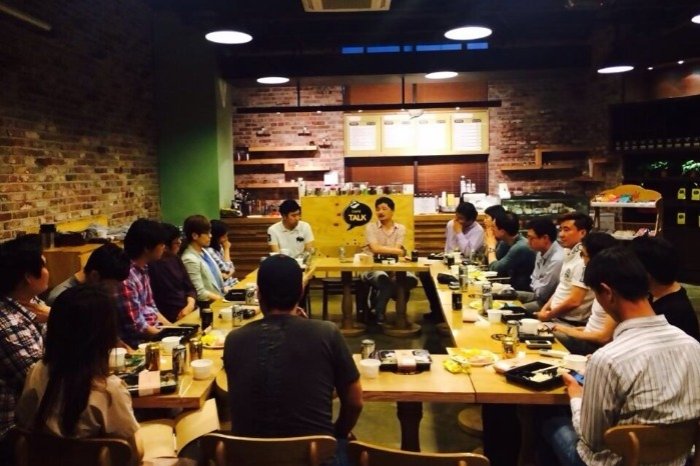Linda Yaccarino insisted three weeks ago that little had changed when billionaire entrepreneur Elon Musk merged X, the social platform that she headed, with xAI, his artificial intelligence group.
“I’m the CEO of X and my boss remains the same,” she told the Financial Times in an interview at the Cannes advertising conference.
Less than three weeks later, neither of those things was true.
Yaccarino on Wednesday announced she was stepping down from her role as chief executive after two years, noting X was “entering a new chapter” with the tie-up with xAI.
Industry insiders say Yaccarino was, in many ways, set up to fail.
She was tasked with bringing back advertising dollars to a platform whose politically polarising owner had told brands who did not spend with them to “go fuck themselves”.
Musk began heaping more pressure on Yaccarino and the pair failed to gel, said four people who worked with both of them. The billionaire’s blunt style clashed with his deputy’s Madison Avenue polish.
“Sheryl [Sandberg] found the rhythm with Mark [Zuckerberg],” said one of the people referring to the former chief operating officer of Meta and its CEO respectively. “Linda couldn’t find the rhythm with Elon.”
She successfully boosted X’s advertising business. But once Musk’s AI group xAI bought X for $45bn in March, “she had to question why she was there”, said Brian Wieser of Madison & Wall, an advertising consultancy.
Given Musk’s hands-on, round-the-clock approach to leading X, Yaccarino never had the kind of control that most CEOs enjoy.
Over the past six months, Musk had been distracted by his work with Donald Trump’s administration, which recently ended in a falling out with the US president.
Returning his sights to his businesses in recent weeks, the billionaire entrepreneur started making unilateral decisions at X — even within the advertising business that was the heart of Yaccarino’s role. His moves sometimes blindsided her and her team.
“Elon calls all the shots,” said one advertising executive, who knows Yaccarino and Musk, arguing her tenure had become particularly untenable over the past three months. “She tried to ride the tiger but was thrown off.”
Known in the industry as the “Velvet Hammer”, Yaccarino joined X in 2023 after running the advertising business for NBCUniversal, where she was renowned for her full Rolodex and strong relationships with global brands.
She was given the task of wooing back advertising dollars after brands left in droves following Musk’s $44bn 2022 takeover of the platform — over concerns about his volatile management style and fears he was allowing toxic content to go unchecked.
Beyond advertising, she boosted X’s video features, clinched deals with creators and sports leagues, and developed X Money, a digital wallet and peer-to-peer payment service that is set to be released later in the year.
Yaccarino remained publicly loyal to Musk to the end. But some who worked with them believed her talent as a consummate salesperson hurt her relationship with him.
Musk felt Yaccarino was not being fully transparent about the company’s status with advertisers, and put a gloss on reality. He wanted her to more quickly restore the business to financial health.
“He did not dig her style as a shiny, flashy Madison Avenue executive,” said one person who worked with them both. “He wants to have an authentic conversation and not be bullshitted.”
Tensions flared about a year ago when Musk issued warnings to Yaccarino to accelerate growth and temporarily called in longtime lieutenant Steve Davis to review X’s finances and performance management. The billionaire later hired former Tubi executive Mahmoud Reza Banki as chief financial officer.
Banki reported directly to Musk, speaking to him frequently, cutting out the chief executive, one person said. Yaccarino’s relationship with Banki quickly became strained, said multiple people familiar with the matter.
Yaccarino wanted to allocate budget to content creator funds and bolstering X’s advertising technology, but Banki questioned her spending decisions and was directing investment to other areas of the company, enacting financial austerity, the people said.
Musk’s relationship with Yaccarino was also rocked after she helped secure a content deal in early 2024 with former CNN anchor Don Lemon that later blew up, according to two people familiar with the matter. After agreeing to the deal, Lemon conducted a contentious interview with Musk in which he asked if he abused drugs, infuriating the billionaire who then cancelled the partnership. Lemon is now suing Musk and X for breach of contract.
The pressure took its toll on Yaccarino, said multiple people who worked with her, describing her as at times being tearful in the office.
Others note her toughness: “She lasted two years in a job that would have crushed most people in two weeks,” said one former colleague.

Yaccarino also won the hard-fought battle to haul some advertisers back to the platform.
One year after Musk’s takeover, advertising had fallen about 50 per cent. Yaccarino turned on some of the world’s biggest brands by suing their trade group as well as several companies such as Shell and Pinterest for anti-competitive behaviour. X accused them of an “illegal boycott” of the platform.
Musk’s blossoming relationship with Trump added to the pressure on brands, which had started returning to X.
Market intelligence group Sensor Tower said X has “exhibited renewed strength in its advertiser base” citing “large and notable brands” such as Temu, Amazon, Apple, Google, Verizon and Dell among the top spenders on the platform in the US since January.
Research firm Emarketer projects X’s revenue will increase to $2.3bn this year, compared with $1.9bn a year ago. Global sales in 2022, when Musk took over, were $4.1bn.
However, some advertisers were resentful of Yaccarino’s methods.
“To her credit she did get advertisers back to X,” one longtime advertising executive said. “She did it with a gun, but they came back.”
Advertisers did not return “voluntarily or happily”, said Wieser. For some, “it was better to spend something” to avoid an X legal challenge.
Several marketing executives said toxic content was not the only problem. Yaccarino failed to make X an effective advertising platform that delivered a return on investment, they said.
“You could argue that she did not do enough to make the platform better for advertising,” said one advertising executive. “Many clients don’t advertise on X not because of the content, but because it does not perform very well.”
Still, Yaccarino appeared to be on a roll despite being financially constrained, and some insiders have praised her legacy. “It was Linda’s drive and energy and relentlessness that helped rebuild some of those relationships,” the former colleague said.
Things changed when Musk returned from his extended foray into politics.
“What saved her was the election and Elon diving deep into the administration, because then he took his eye off X a bit,” said one person who worked with them.
The merger with xAI came as Musk turned his focus back to the company.
“Now that he’s back into his businesses, he was never going to put her to be the head of an AI company at all,” the person said.
In recent weeks, Musk took several unilateral decisions around advertising, said people familiar with the matter. He banned hashtags from ads, and announced X would charge brands based on vertical size. He also hired Nikita Bier, an entrepreneur and high-profile X user, as head of product.
Yaccarino thought Musk was not focused enough on safety, an issue important to her, according to one person familiar with the matter.
Yaccarino informed a select few ahead of time of her departure. This coincided with xAI’s Grok chatbot on Wednesday spewing antisemitic hate, although the two were unrelated, according to X staff.
X and Yaccarino declined to comment. Musk did not reply to a request for comment.
It is unclear what comes next for the advertising veteran. Known as a committed Republican, her unwavering support for Trump and Musk surprised many advertising associates.
Her years-long defence of Musk could stand in the way of a CEO role at another media or entertainment company, according to industry insiders.
But the X role helped boost her connections in Washington.
She personally knows Trump’s daughter Ivanka Trump, who has helped broker her relationship with the president, said people familiar with the matter.
She is also close friends with Scott Turner, the current secretary of the Department of Housing and Urban Development, and the director of intelligence Tulsi Gabbard. One longtime confidante said Yaccarino remained strongly supportive of Trump despite his blow-up with Musk.
Some suspect her next move may be to take a role in the administration or as a free speech advocate. Yaccarino started wearing a diamond-studded necklace reading ‘Free Speech’ about a year into her leadership of X.
Mike Benz, an official in Trump’s first administration who now runs a free speech watchdog, praised Yaccarino on X after her resignation.
“She stepped up for all of us in the face of what seemed like insurmountable pressure from governments, advertisers, boycotters, banking institutions, and astroturfed lynch mobs,” he wrote. Yaccarino later shared the post.
“Prior to X, she was on the Mount Rushmore of ad executives,” said Lou Paskalis, chief executive of marketing consultancy AJL Advisory. “She doesn’t need to work, but she needs to go out in style. And I think that’s what’s next for her.”
Additional reporting by Daniel Thomas




























You must be logged in to post a comment Login